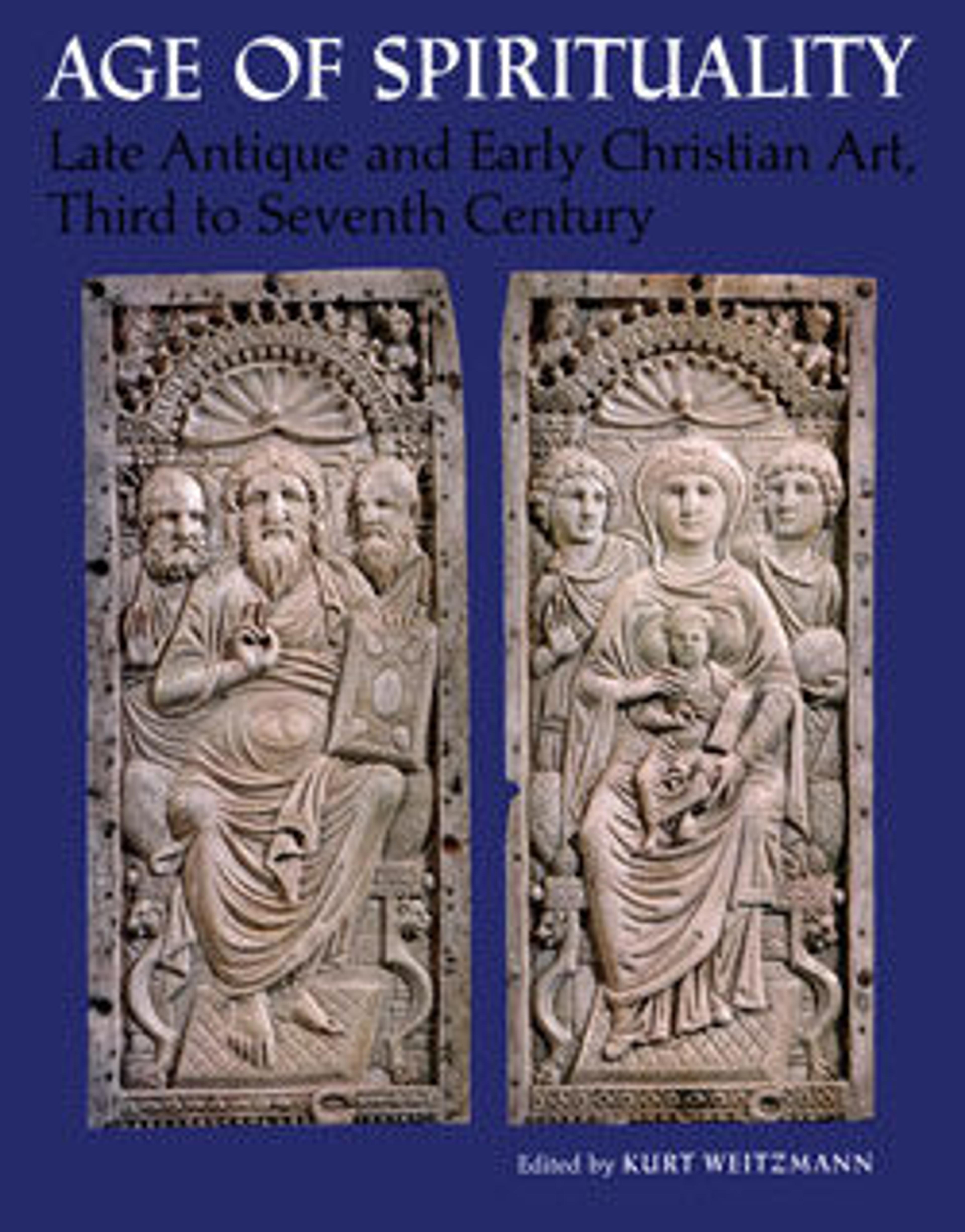Fragment of a Sarcophagus with a Seated Figure
Images of seated figures holding open scrolls, as here, were understood throughout the Late Roman world to be philosophers, or learned men. Originally part of a large sarcophagus with five niches separated by columns, this figure represented interest in an intellectual life and its usefulness in achieving a happy future life. The philosopher pose was adopted from the 300s onward for images of intellectual leaders of the Christian church, including Christ, his apostles, and the Four Evangelists.
Artwork Details
- Title: Fragment of a Sarcophagus with a Seated Figure
- Date: ca. 250
- Geography: Made in Asia Minor
- Culture: Roman
- Medium: Marble
- Dimensions: Overall: 11 x 9 13/16 x 2 3/16 in. (28 x 25 x 5.5 cm)
- Classification: Sculpture-Stone
- Credit Line: Rogers Fund, 1918
- Object Number: 18.108
- Curatorial Department: Medieval Art and The Cloisters
More Artwork
Research Resources
The Met provides unparalleled resources for research and welcomes an international community of students and scholars. The Met's Open Access API is where creators and researchers can connect to the The Met collection. Open Access data and public domain images are available for unrestricted commercial and noncommercial use without permission or fee.
To request images under copyright and other restrictions, please use this Image Request form.
Feedback
We continue to research and examine historical and cultural context for objects in The Met collection. If you have comments or questions about this object record, please contact us using the form below. The Museum looks forward to receiving your comments.
